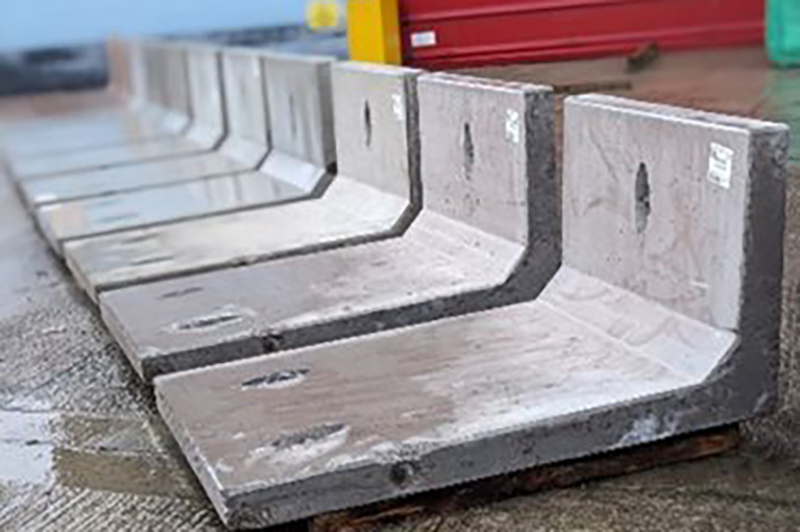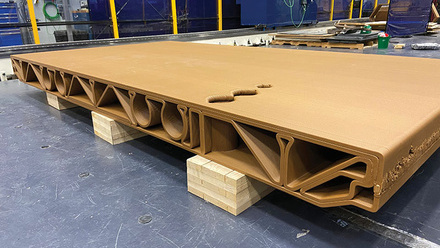Reclaimed clay and bricks cut carbon emissions in cement and concrete
New research confirms that using waste clay and brick in cement production could reduce the material’s embodied carbon by up to 30%.

A two-year study led by the Mineral Products Association (MPA), with funding from Innovate UK, shows that UK reclaimed clays and finely ground brick powder can be used as calcined clays in cement and concrete manufacturing to deliver lower emissions compared to the market-leading CEM I cement.
Calcined clays from these sources have the potential to divert 1.4Mt of material from potential waste streams.
In total, 10 clays and two brick powders, with varying clay mineral constituents, were assessed as Supplementary Cementitious Materials (SCMs) at lab scale.
Four were calcined at pilot scale in a flash calciner and rotary kiln, before analysis (along with one brick powder) for strength and durability in cements and concretes.
All of the calcined clays produced using the pilot facilities, including those with low-kaolinitic content, performed well in both standard and self-compacting concrete mixes.
A strengths class of 42.5N was easily obtained by cements with calcined clay as a component, and continued strength gain beyond 28 days.
Read the report on the MPA Cement website.






